Description
M-CRETE 400 – Cement Based Tanking System
Is a rapid setting, Portland cement-based structural mortar for the durable repair of concrete which cannot be taken out of service for long periods, or in areas subjected to heavy wear such as roads, runways, bridges, decks, floors and footpaths.
The product is supplied as a single component, polymer modified, fibre-reinforced, Portland cement based concrete repair compound, which is physically and chemically compatible with the host concrete.
It exhibits unique hydraulic properties to produce a rapid curing mortar with enhanced polymeric properties and reliable strength development which is not significantly affected by low temperature use.
M-CRETE 400 can be used as supplied up to 100mm deep, or can be bulked out with sharp sand or aggregate to a flowing consistency for floor or deck repairs up to maximum depth of 300mm.
Typical Uses
- Dense matrix resists 10 bar water pressure. Very high diffusion resistance to acid gases and chloride ions
- Portland cement base with physical properties of cured material similar to base concrete
- Economic mortar requiring no substrate or inter-layer priming. Part bags can be mixed
- In cold temperatures M-CRETE 400 sets rapidly
Please contact us to discuss your project before purchasing this material to confirm suitability.
Application Guide
- Mechanically remove all damaged concrete or failed repairs back to a sound core.
- Wherever possible, the full circumference of the steel reinforcement should be exposed to at least 25mm behind the bars and 50mm beyond the point at which corrosion is visible.
- On cutting back, feather edges must be avoided.
- The perimeter of the repair area should be stepped to a depth of 10mm by means of saw, disc cutting or preferably using a power chisel.
- The areas to be repaired must be free from all unsound material, dust, oil, grease, corrosion by-products and organic growth.
- Smooth surfaces should be roughened, all loose material and surface laitance removed and reinforcement cleaned to bright steel using wet grit blasting techniques or equivalent approved methods.
- If chlorides are absent from the concrete and environmental constraints preclude the use of blasting then hand held power tools such as a needle gun, angle grinder or power wire brush can be used to remove all loose.
corrosion by-products back to bright metal. - The strength of the concrete sub-base should be a minimum of 20 MPa.
- The prepared substrate should be thoroughly soaked with clean water until uniformly saturated without any standing water.
- In winter, use warm water or a heat source to ensure the substrate temperature is ≥ 5ºC before application.
- All exposed steel reinforcement should be treated with 2 coats of M-PRIME 200 – Aluminium Based Metal Primer applied by brush (See separate Data Sheet for full details).
- NB: When carrying out repairs in new constructions, it is not necessary to fully expose any reinforcing bars.
- M-CRETE 400 is highly polymer modified and as a result concrete surfaces do not generally require a primer.
Prior to mixing please ensure the following:
- Ensure the substrate temperature is between -10/ +40°C.
- M-CRETE 400 should be mechanically mixed using a forced action pan mixer or in a clean drum using a drill and paddle.
- A normal concrete mixer is NOT suitable.
- For normal applications, typically use 3.5 litres of clean water per 25kg bag.
- For part bags, use 5.5 volumes of powder to one volume of water.
- In cold temperatures, tepid water may be used to adjust working life.
- For screeding applications or larger pockets in decks up to a maximum depth of 100mm; a clean, washed, Medium Grade concreting sand can be introduced, up to 50% by weight.
- For deep repairs up to a maximum of 300mm in a single application, or where a pourable concrete is required, coarse, clean aggregates (5-10mm size) can be introduced into the mix, in up to equal proportions by weight, without adversely affecting its physical performance.
Please Note: It is vital to the success of the application that these instructions are strictly adhered to. Maxkote Ltd cannot be held responsible for any product failures due to incorrect mixing.
- For normal applications, M-CRETE 400 should be compacted, using a placing technique to remove entrapped air, in layers not exceeding 50mm in vertical situations, or 100mm deep in pockets.
- When bulking out to the maximum of 300mm, support with shuttering and compact to remove entrapped air.
- For repairs which require multi-layer applications, it is important to ensure that the previous layers are well keyed and stable but not fully set (usually 15-30 minutes dependent upon temperature) prior to the application of subsequent layers.
- Final profiling of a high quality is achieved with a steel float.
- When applying material to floors, the area should be divided up and each bay
completed within the working life of M-CRETE 400. - Typically, bay sizes should be restricted to 1m2 but please consult our Technical Department for further advice.
- Do not polish the surface with a steel float, but use a stiff brush on the wet surface to provide a slip-resistant finish.
- Note: M-CRETE 400 must be allowed to cure for a minimum of 30 minutes prior to total immersion.
- Normal concreting procedures should be strictly adhered to.
- It is important that the surface of the mortar is protected from strong sunlight and drying winds with polythene sheeting, damp hessian or similar.
- 13.3 litres per 25kg bag. Up to 23 litres when bulked out with aggregate.
- A 25kg bag as supplied covers 1.33m² at 10mm thickness.
| Appearance | Mixed Colour | Concrete Grey |
| Compressive Strength | EN 12190 ≥ 45 MPa | 28 days: 60 MPa |
| Compressive Strength Development @ 20°C | 1 hour 14.0 MPa 1 day 40.0 MPa 2 hours 20.0 MPa 7 days 50.0 MPa 4 hours 30.0 MPa 28 days 60.0 MPa |
|
| Adhesive Bond | EN 1542 ≥ 2.00 MPa | 2.39 MPa |
| Chloride Ion Content | EN 1015-17 ≤ 0.05% | 0.012% |
| Carbonation Resistance | EN 13295 ≤ ref concrete | Passes |
| Elastic Modulus | EN 13412 ≥ 20 GPa | 26.1 GPa |
| Capillary Absorption | EN 13057 ≤ 0.5 kg/m-2/h-05 | 0.108kg/m-2/h-05 |
| Thermal Compatibility Freeze/Thaw Cycling | EN 13687-1 ≥ 2.0 MPa | 2.45 MPa |
| Water Permeability Coefficient Equivalent Concrete Thickness | Taywood Test | 2.60 x 10-14 m/sec 7.5mm of Fastfill = 1000mm of concrete |
| Flexural Strength | EN196-1 | 11.6 MPa |
| Tensile Strength | BS 6319: 7 | 3.657 MPa |
| Shrinkage | BS EN 12617-4 | 0.025% after 7 days |
| Mixed Density | 2150kg/m³ at 0.14 water: powder ratio |
|
| Min Application Thickness Max Application Thickness | 5mm 50mm per layer on vertical and 100mm on decks and floors 300mm when bulked out |
|
| Working Life (approx.) | 10 minutes at 20°C | |
| Reaction to Fire | EN 13501-1 Euroclass | Euroclass A2 – s1, d0 |
| Min Application Temperature Max Application Temperature | -10°C (refer to Technical Department) 40°C |

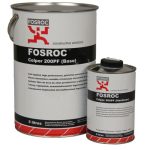
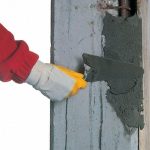



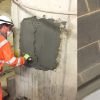

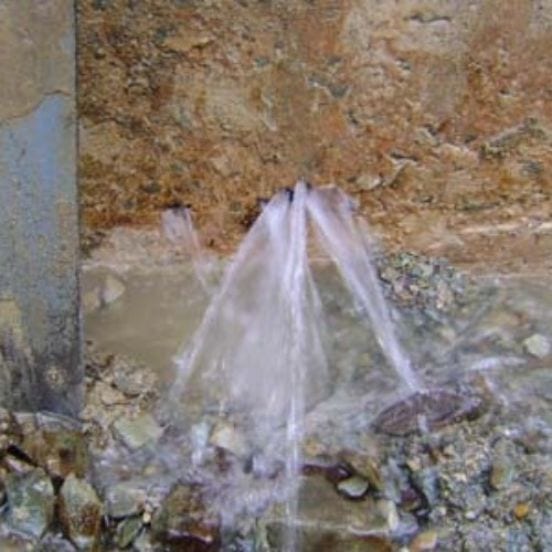
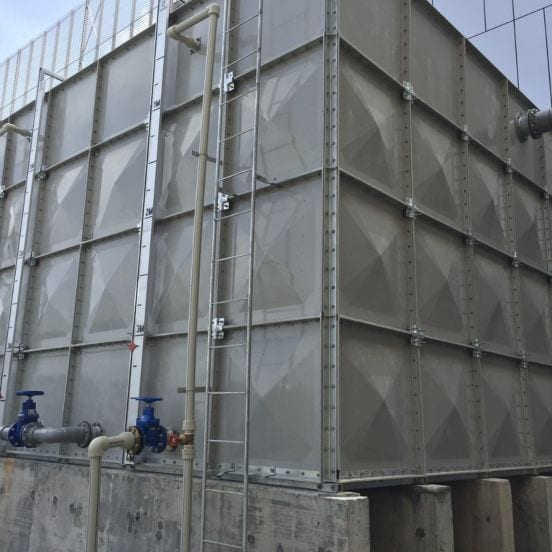
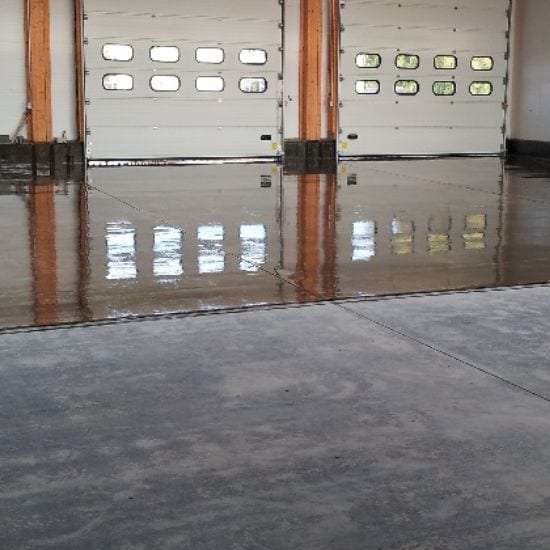
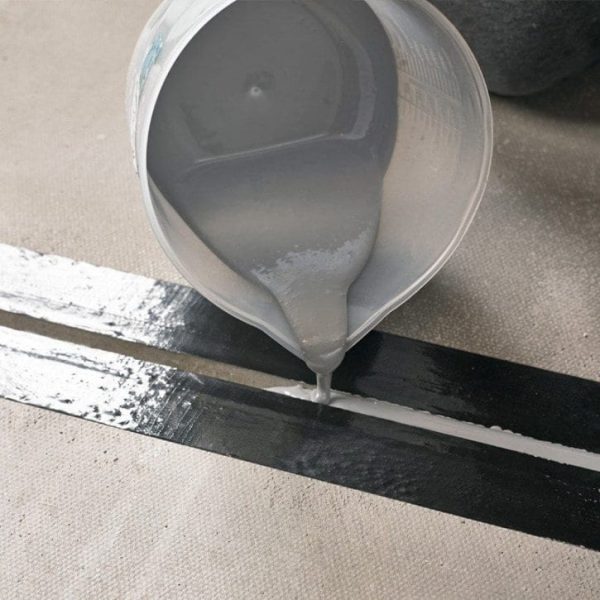
Reviews
There are no reviews yet.